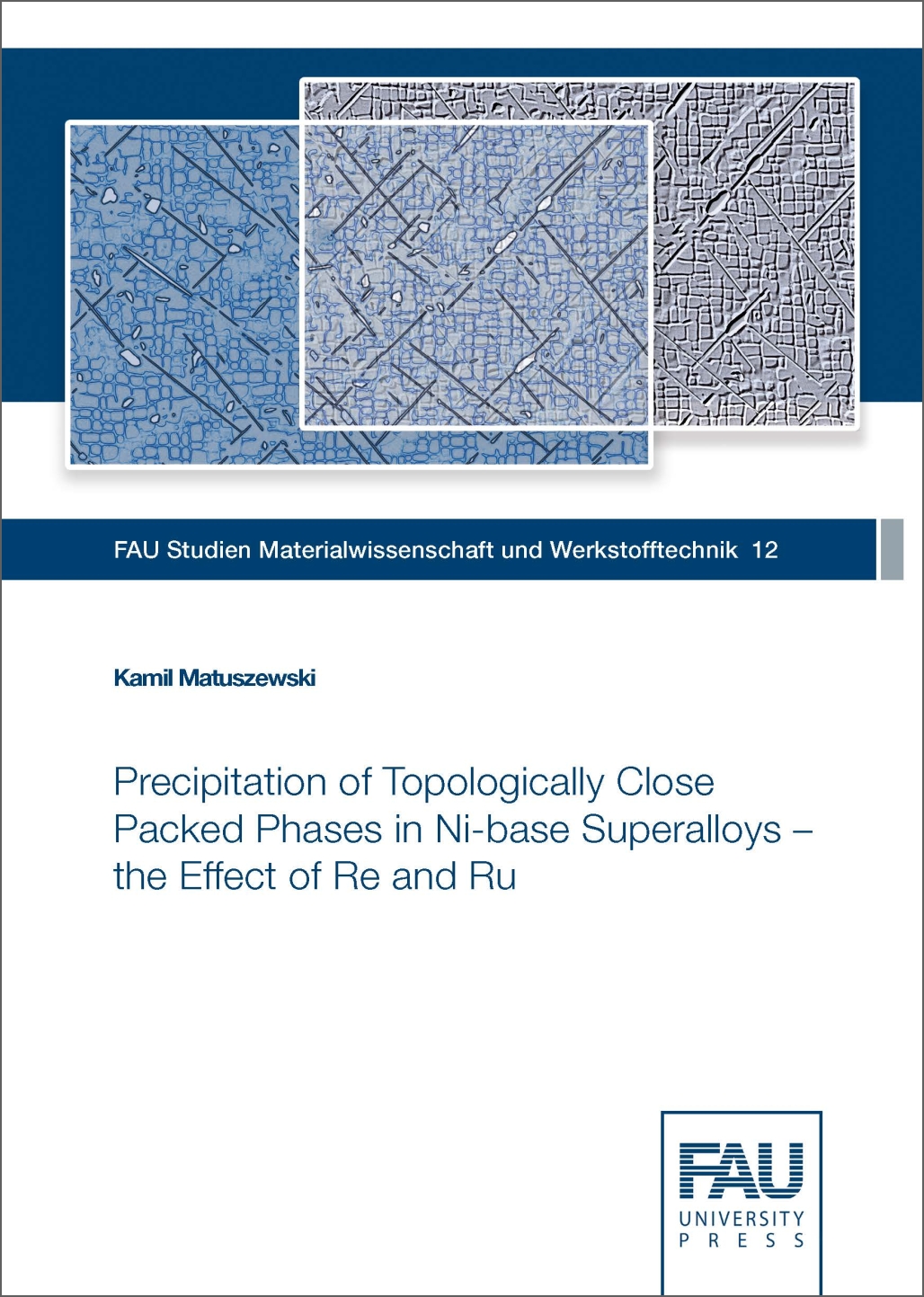Description
The high-temperature strength of Ni-base superalloys may be strongly improved by alloying with Re. On the other hand, addition of Re has a negative influence on the long-term high temperature stability – it leads to precipitation of topologically close packed phases. These phases, in turn, are detrimental for the high-temperature strength of Ni base superalloys. Their precipitation process may be suppressed by alloying with Ru. However, although this finding is known since almost three decades, the mechanism of positive influence of Ru is not clarified, disabling the effective alloy design.
A new insight into the Re- and Ru effect on the precipitation of topologically close packed phases is described in this work. For this purpose six experimental Ni-base superalloys of second, third and fourth generation have been investigated. The results are focused on the scale-bridging characterization of the microstructure in the initial state, as well as after precipitation of topologically close packed phases. Modern techniques of materials characterization, like electron probe microanalysis, transmission and scanning electron microscopy, focused ion beam and three dimensional atom probe tomography are complemented with CALPHAD calculations to draw conclusions about Re and Ru influence on the precipitation of topologically close packed phases.
The quantitative analysis of the microstructure confirms that Re promotes while Ru inhibits precipitation of topologically close packed phases. Such effects of both elements are primarily related to thermodynamics – Re and Ru influence the driving force for precipitation. The results confirm that topologically close packed phases undergo sequential phase transformations. Physical phenomena controlling this behavior are considered and the respective conclusions are drawn.
The results of the current work show limitations at the commercially available databases for predicting phase transformations in Ni base superalloys, which are focused on the equilibrium stage of precipitation. The results presented in this work show that precipitation of topologically close packed phases has to be considered with respect to kinetics as well. They shed also some light into the understanding of TCP phase precipitation process under strain assisted service conditions.


Reviews
There are no reviews yet.